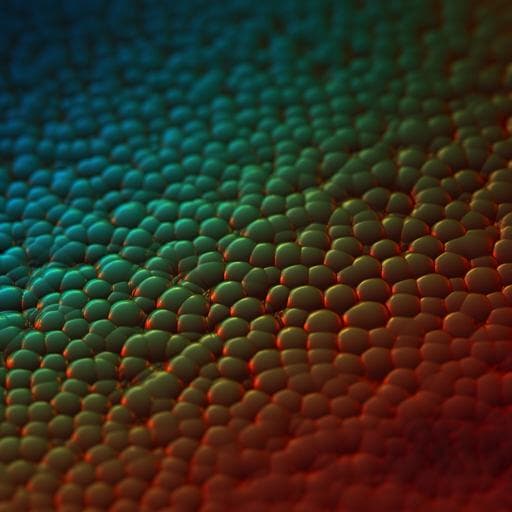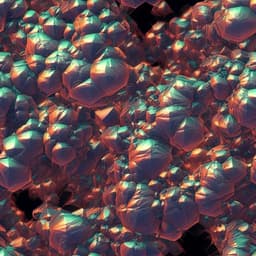
Engineering and Technology
Insights into interfacial effect and local lithium-ion transport in polycrystalline cathodes of solid-state batteries
S. Lou, Q. Liu, et al.
This groundbreaking research by Shuaifeng Lou, Qianwen Liu, Fang Zhang, and their colleagues reveals that the inner environments of polycrystalline particles significantly influence ion transport in solid-state batteries. Despite initial contact challenges, lithium-ion transport can remain homogeneous until cycling disrupts the equilibrium, leading to capacity fading. Discover how these insights could reshape our understanding of battery efficiency.
~3 min • Beginner • English
Related Publications
Explore these studies to deepen your understanding of the subject.







